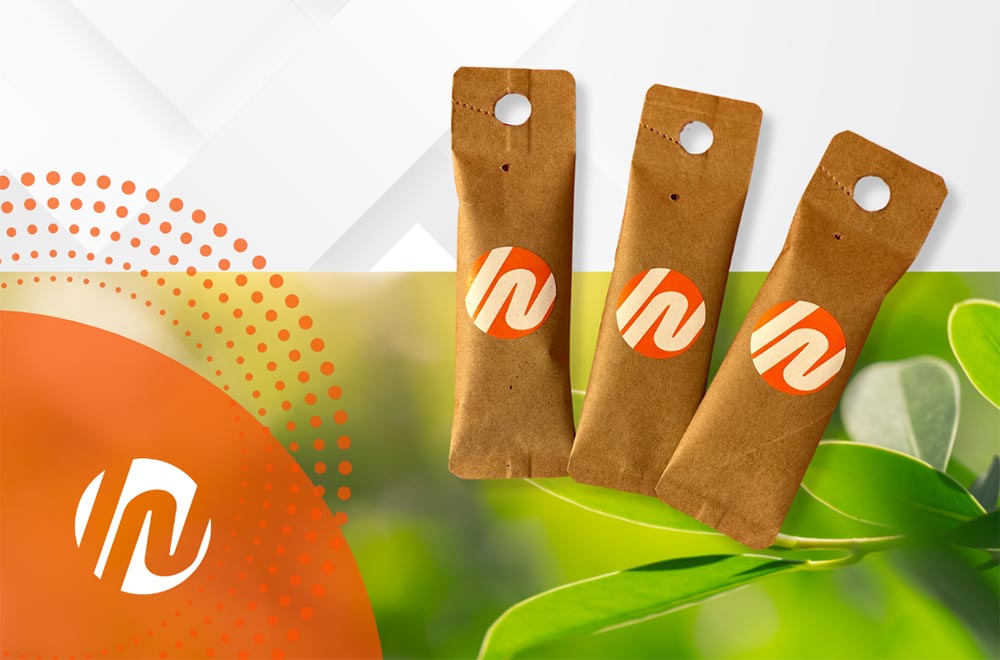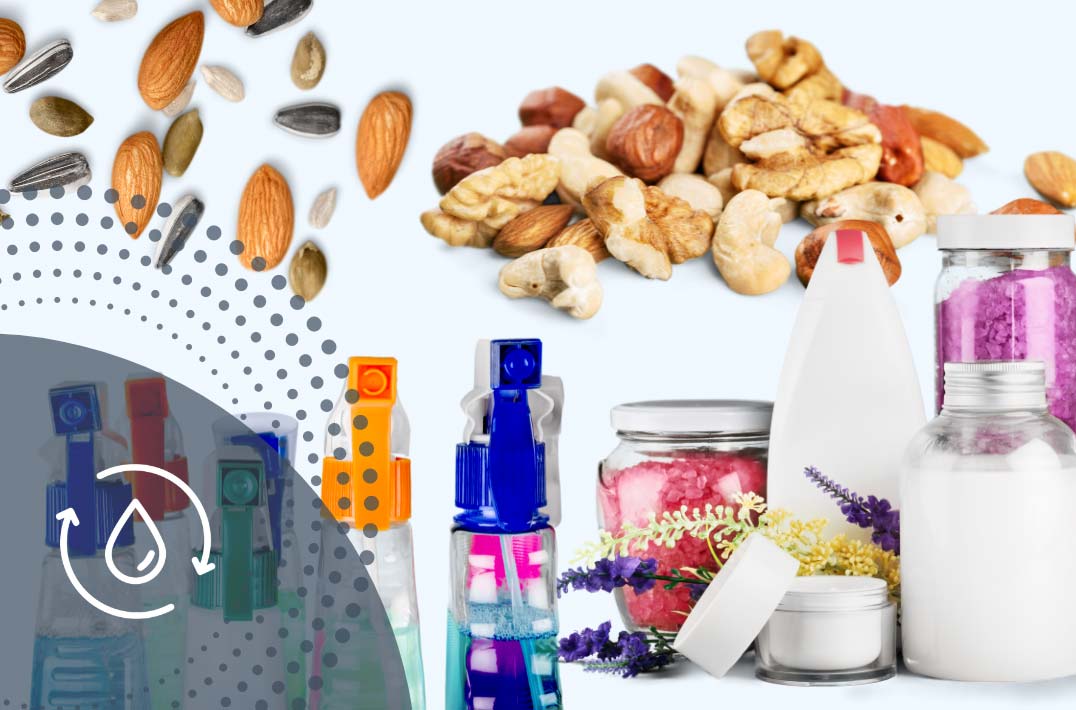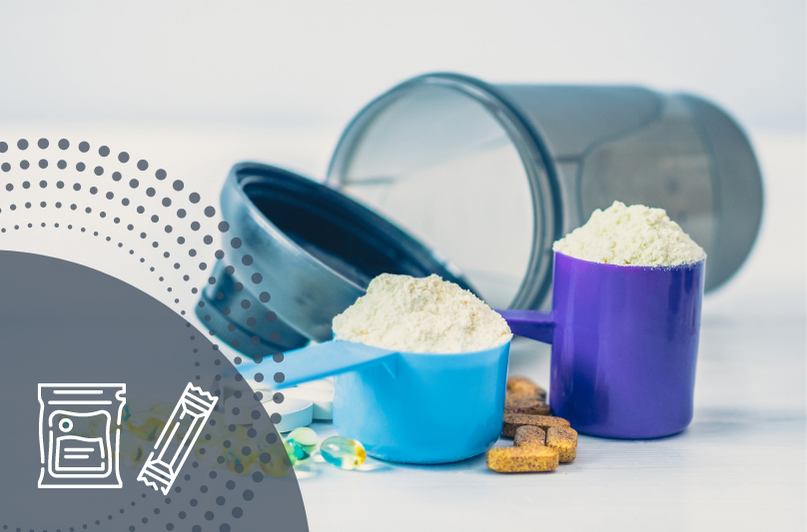

- INVpack
- 09/15/2023
- 11:50
Refillable Packaging and Circular Economy
Our society is increasingly leading us towards a process of the circular economy.
What does this mean, and what is it about? The circular economy consists of a philosophy of production and consumption that influences the way we use and consume products, involving actions such as sharing, renting, reusing, repairing, renewing, and recycling materials and existing products as many times as possible to create added value. In this way, the product's lifecycle is extended.
In the market, we find various initiatives such as refillable packaging, recyclable packaging, and even biodegradables, such as bags that replace traditional supermarket plastic bags.
Refillable packaging as a sustainable solution in the circular economy
Refillable packaging has become a key component in the transition towards a sustainable circular economy. As environmental awareness grows and regulations become stricter, companies face challenges and seek innovative solutions to address this trend.
Challenges and solutions in Refillable Packaging in the context of the circular economy
One of the main challenges is designing reusable packaging that are practical, appealing to consumers, and that maintain the product's quality and safety. This requires investment in research and development to create durable and easy-to-clean packaging. Additionally, companies must establish efficient systems for collecting, cleaning, and redistributing packages, which can be costly and logistically complex.
Logistics Optimization
Collaboration is essential to overcome these challenges. Companies can partner with local or governmental organizations to establish collection and recycling programs and work together to optimize logistical flows.
Furthermore, technology plays a crucial role in data management and traceability of reusable containers, helping to ensure their tracking and maintenance.
In summary, refillable packaging offers a valuable opportunity to move towards a circular economy, but it presents challenges that require focus and collaboration.
With innovation, cooperation, and appropriate investment, companies can find robust solutions to address these challenges and contribute to a more sustainable future.
Circular Economy and Legislation
Legislation plays an essential role in promoting refillable packaging in the context of the circular economy. Establishing appropriate regulations can create a favorable environment for the adoption of sustainable practices and waste reduction, thus contributing to the transition to a more circular and environmentally friendly economy.
Some key aspects are highlighted below:
- Packaging Design: To encourage refillable packaging, governments can implement regulations that incentivize the design of durable and reusable packaging. This could include quality standards and design requirements that promote functionality and ease of cleaning for containers.
- Deposits and Return Systems: Many countries have adopted deposit and return systems for refillable packaging. These programs require consumers to pay a deposit when purchasing a product in a reusable packaging and then receive a refund when returning the empty container.
- Labelling and Traceability: Regulations may require clear labelling on refillable packaging to inform consumers about the possibility of refilling and provide instructions on how to do so.
- Extended Producer Responsibility (EPR): Some jurisdictions have implemented EPR systems that require manufacturers to take responsibility for the lifecycle of packagings, from design to the end of their useful life.
Disruptive innovations and pioneering companies in Refillable Packaging
Pioneering companies are leading this change, driving creative and groundbreaking solutions. Some of them are adopting a collaborative approach, forming consortia and partnerships to share knowledge and resources in the creation of large-scale refillable packaging systems. This collaboration promotes wider adoption of sustainable practices and standardization of reusable containers.
In summary, disruptive innovations and pioneering companies are propelling refillable packaging towards a more sustainable and efficient future. They are demonstrating that creativity and cooperation are key to overcoming environmental challenges and promoting a more circular approach to product packaging.
Related posts:

Single-dose packs in flexible format, increasingly environmentally friendly
The current situation and the reality of our planet requires vertical packaging companies to work...

What products can be packaged in refill format?
Society is increasingly convinced that if we want to preserve the planet, we must reduce the volume...

Single-dose Packaging machinery for powder products
Single-dose flexible packaging is a type of packaging that can pack many different products, can be...
